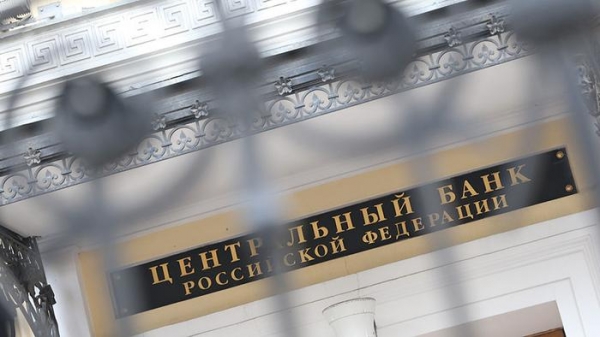
Orientation credits “to their” old bad debts will not allow to increase their portfolios
Even if the Russian economy will emerge from recession early next year, and this corresponds to the moderately optimistic forecasts, we still have to wait for repair credit. Not even the revival of demand for loan funds from population and corporate clients, as well as the reduction of the key rate by the Central Bank. The problem is that the credit institution has taken into account the lessons of the crisis and will not be in the positive background to lend “street”. In addition, another two or three years they will have to pay for a policy of indiscriminate lending. Sure, bankers and analysts who are at the XXI St. Petersburg banking conference discussed when and to what extent to wait for repair credit.
It would seem, for the recovery of consumer money from banks available — representatives of the regulator are always talking about the structural surplus of liquidity. However, there are several essential conditions. In particular, there is no demand from quality borrowers and a decline in its solvency, which, in turn, was the result of falling real incomes.
It is believed that the regulator that due to inflation risks cautious with the reduction of the key rate, thereby inhibits lending. Far from it — came to a consensus, the participants of the XXI St. Petersburg banking conference. But first made a consensus forecast about what will be the key rate of the Central Bank by the end of the year. Representatives of rating agencies Fitch, S&P, ACRE (Analytical credit rating Agency), Raiffeisenbank believe that the Central Bank still at least two times will lower its key rate before year-end. In the end, she will, according to their forecasts, 9-9,75% (currently to 10.5%). That is, moderate, but decrease analysts expected.
But will it contribute to the growth of consumer?
Experts believe that there is. According to the analyst on debt market of Raiffeisenbank Denis Breaking, unsecured consumer lending there is no potential for rapid growth, as banks do not want to have to give credit to anybody, as it was before. This topic devoted his speech to the Chairman of the Board of Directors of Promsvyazbank Alexey Ananiev. He said that even if the end of the year the economy starts to recover, it does not mean that banks will return to the practice of lending anybody.
— After the economy recovered from the crisis, banks will increase lending to existing customers, — said Alexey Ananiev.
And although he was mostly referring to corporate borrowers, for natural persons this applies in the same degree, assured the participants of the conference.
Kirill Lukashuk, senior Director, head of Bank ratings of an ACRE, and even resorted to the characteristics of the current situation in consumer lending to quote from the film “Caucasian captive”: “I Want to buy a house but do not have the opportunity, you can buy a goat, but have no desire…”
— In the next year people will have neither the ability nor the desire to borrow, – said the representative of ACRE.
Nikolai Kashcheev, Director of research and Analytics PSB also considers that the problem is that banks want to lend tested and “their” borrowers and those took a wait. The potential credit “on the purchase of televisions and kettles” has exhausted itself.
— Please note — said Nikolai Kashcheyev, is that in developed countries, lending to the population is 25-30% of GDP, and this figure never exceeds 15%. It is worth it to ascend to this level, and sometimes collapse.
The expert is sure that the banks are not cutting rates “their” customers to them will not go.
I agree with that and Kirill Lukashuk. According to him, reduction of credit rates by 4% for 24-36 months will lead to an increase of the market of consumer credits 2 trillion rubles (about 20%). Without this factor, the growth is very modest 5-10% on the whole loan portfolio.
However, there is another factor that will allow banks to increase lending in the coming two to three years. On it’s first rating Agency focused on the banking conference on Thursday. According to a study by S&P, the level of bad debts in banks is significantly higher than that reflected in the financial statements. If it has, the delay is 10%, then, according to the Agency, in reality it reaches 25%. According to the senior Director of the direction “Financial institutions, standard&Poor’s Rating Services of” Boris Kopeikin, 15% is the so — called refinanced loans, which do not have to create significant reserves. But it is now. In the future, and they will become problematic.
Senior Director of ratings of financial institutions Fitch Ratings Alexander Danilov said that in his Agency there is a similar assessment. According to him, in 2015 the driver eased the requirements, giving the opportunity to restructure loans without provisions that they do not become less problematic, but only technically not allowed to consider them as such in the IFRS financial statements. But soon these problems will emerge, and banks will have to solve them.
In the next two or three years, all banks will go on raking these problems that will put pressure on profits and capital, — said Boris Kopeykin.
And it will not allow the system to grow, the banks simply will not be able to maneuver to increase their lending. Therefore, concluded the analysts, it is the banks and their old flaws in risk management, admitted to the crisis, will be almost the main obstacle to credit growth.








